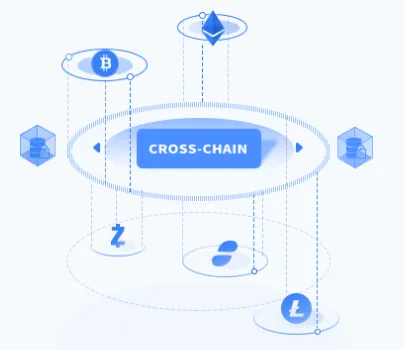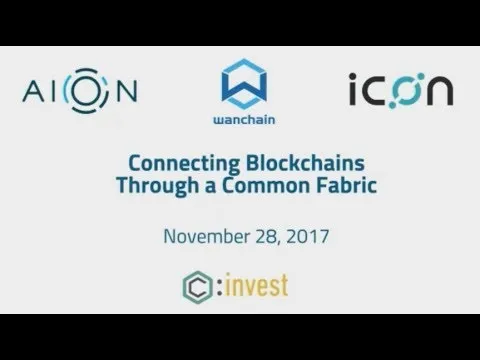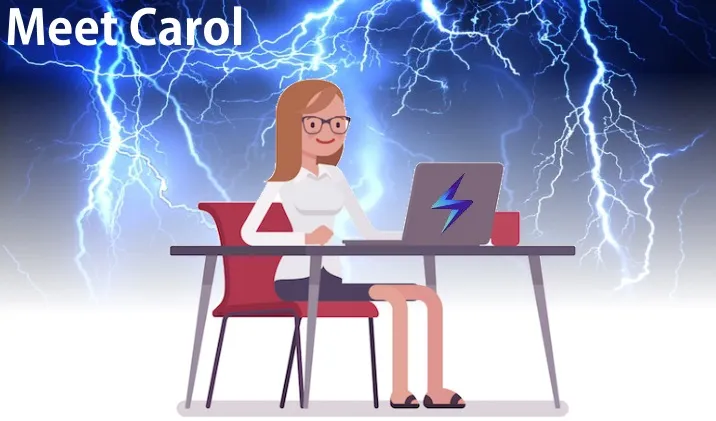
On their blog, the Lightning developers describe what Carol's future will look like when she is using the Lightning Network. In the end, it's almost as easy as using Bitcoin or Bitcoin Cash. Except that much more happens below the surface, of which Carol does not know - and that her transactions do not burden the blockchain.
Carol lives in a "not too distant future," in which the Lightning Network has become the common means of payment. The Lightning developers describe one day in their lives how the Lightning user experience can look in the future. This is not yet so attractive or partially controversial. Therefore, the blog post is extremely interesting because it shows how one of Lightning's biggest problems can be solved.
If you do not know what the Lightning Network is, it's a network of payment channels that connect in a way that allows you to transfer Bitcoins across channels. Unlike the natural Bitcoin transactions, Lightning transactions never hit the blockchain and therefore do not need to be received, checked, stored and distributed by all nodes in the network. Lightning scales better than Bitcoin itself, without limiting the decentralization of Bitcoin. It's a bit like heating with solar thermal instead of wood.
So far, the Lightning Network suffers from a lack of user experience, even if the Eclair wallet for Android is a good step in the right direction. The post on the Lightning Labs blog now shows how Carol will experience Lightning in the future, when the infrastructure has evolved as the developers imagine:
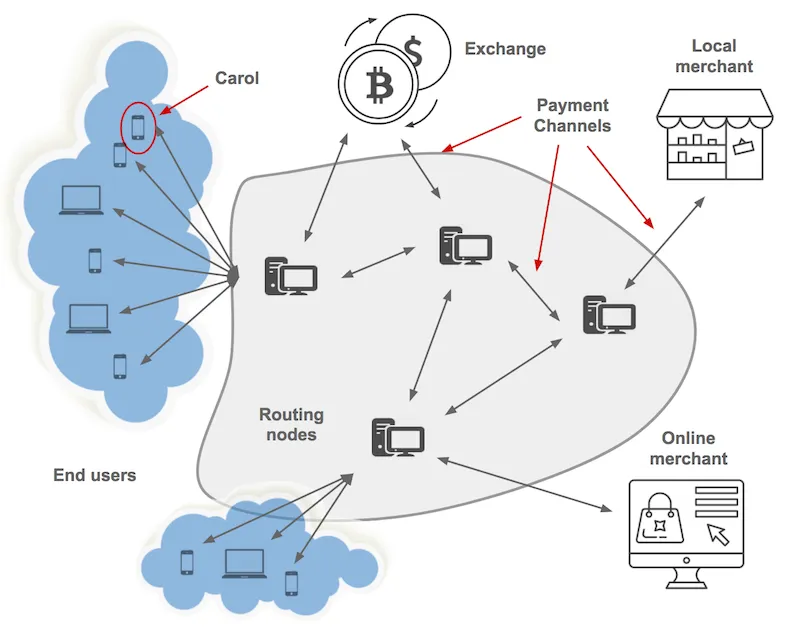
Carol first downloads a Lightning app for her smartphone. The blog writes that she notes a seed of 24 words and keeps it in a safe place, but I'm sure this will be optional. If you save only 20 to 100 euros on it, you can save that too.
Carol then sends some Bitcoins from the exchange to her app, as usual, as if it were a normal wallet. The Lightning developers write that this takes about an hour. Whether they write this because a Lightning app needs six acknowledgments to form a channel, or because the Lightning developers like to chatter on-chain transactions, I do not know.
Then a system called autopilot takes Carol's Bitcoins and forms five payment channels with them. This again takes about an hour, but is only necessary at the first set up.
Now Carol goes into the shopping center and buys socks made of alpaca wool. The seller shows her a QR code on his tablet, Alice scans it with the Lightning wallet, and clicks Submit. The payment arrived immediately, the fees were ultra-low.
In the evening, Carol buys an in-game item for an online game ("World of Wowcraft"). A Lightning money order pops up, Carol confirms, and the payment is done. Obvious and almost free.
Then Carol wants to charge her Lightning app wallet. Since her favorite exchange also supports Lightning, she only has to file a payment request with the amount of Bitcoins to be received and her ID in the Lightning Network. Carol then sends this to the exchange, which then sends Bitcoins to her app wallet via Lightning. Immediately and almost without fees.
All this sounds simple, but when you look under the hood, you discover a lot of technology that Carol does not know about. The Lightning developers naming them:
- Payment Channels by which she sends the Bitcoins,
- Smart contracts that ensure that you can not be cheated,
- Routing Nodes that bring the transaction to Carol's destination,
- Watchtowers, who keep Carol from being cheated (when she goes offline),
- Splicing, a feature that allows you to pay onchain from a channel without closing the channel, and
- Atomic Multipath Payments, which split larger amounts into smaller ones in order to better route them through the network.
All these technologies, the blog explains, need not be familiar to Carol as much as she needs to understand TCP / IP to use the Internet.
In a way, everything in the post makes sense. If everyone joins in and makes small detours, Lightning can be made user-friendly. But in a way, it makes no sense at all. Because in the long run Carol, in which Lightning works perfectly, has just about the same user experience that she can have today with any cryptocurrency except Bitcoin, just a little more cumbersome. For Carol as a user, nothing will change for the better. Lightning is a little bit like a new Metallica album - you're happy when songs are "almost as good as they used to be".
The Lightning developers point out that onchain transactions are so expensive and slow. However, all currencies except Bitcoin have very low fees, and unconfirmed transactions are perfectly fine in all presented payment examples (and probably even faster than Lightning transactions). Considering that the Lightning-Wallet needs only six transactions to get started (one for charging, five for the payment channels), and one to two hours to get it off the ground, it's likely to be significant for the user become more expensive and slower.
In addition, there are a few minor inconveniences compared to the normal use of Bitcoin: With the backup by a Seed Lightning can only reconstruct the initial transaction that opens the channel, but not the course of the channel, and the withdrawal of coins from an exchange seems to be a little more complicated, as it first requires an action from the receiving wallet. Also, you have to trust a watchtower, at least a bit.
Of course, knowing that Lightning can have similar ease of use as Bitcoin or Bitcoin Cash itself is good enough. But do not trust that it will be enough to get the offchain network going. This probably requires the idealism of managing the Bitcoin blockchain in a sustainable manner, and at the same time accepting altruistic disadvantages in the user experience. Similar to the energy transition.
Here you can read the "Lightning User Experience: A Day in the Life of Carol" blog post!
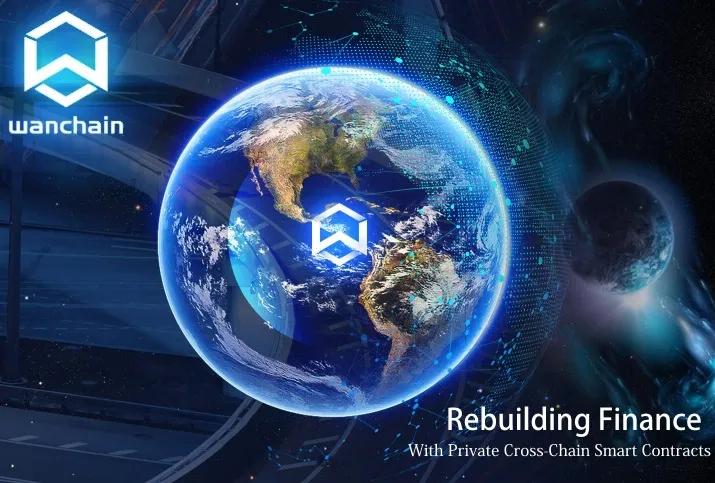
Wanchain intends to develop nothing less than an all-in-one solution for the entire financial crypto sphere. The aim of the project is to provide a distributed financial structure in a "decentralized future", using a universal protocol that covers all levels of the blockchain. Simply put, Wanchain seeks to create a decentralized bank.
Wanchain (WAN) wants to revolutionize the digital asset economy, which means nothing less than the entire cryptocurrency sphere. One of the biggest problems of today's crypto sphere is that different cryptocurrencies can not be swapped directly (by atomic swap).
This is very similar to the time when there was no internet and computers could communicate only with other computers within their LAN network and not with all computers in the world. The breakthrough of the Internet was not successful until all computers in the world could be connected.
The trading of cryptocurrencies currently has to be handled via central exchanges, such as Binance, Bitfinex, Bittrex and so on. Decentralized exchanges are still at a very early stage of development and account for only a fraction of the total trading volume of cryptocurrencies.
If blockchains could communicate with each other, it would be an outstanding innovation and the solution to a huge problem. Various blockchains could communicate with one another without using centralized instances (the exchanges).
Wanchain tries to solve this problem. Accordingly, since the ICO of Wanchain there has also been a huge hype surrounding the project.
If you look into the whitepaper and look for the main features that Wanchain would like to offer or already offers, then you will be astonished:
- Smart Contracts: Since Wanchain is a fork of Ethereum, it has taken over this functionality
- Cross chain communications: cross chain smart contracts, cross chain DApps
- Private transactions through ring signatures (like Monero)
- One-time address
- A decentralized exchange market
- ICO platform
- Asset management tool
The Wanchain technology
Let's take a look at the features in detail. Probably the most innovative feature is the Cross-Chain Communication Protocol, which enables the communication and thus the exchange between the WAN-blockchain and other blockchains.
The protocol consists of three components that are implemented using smart contracts and enable communication with the WAN blockchain. By doing so, Wanchain intends to address the problem of value transfers between different ledgers by establishing connections between the nodes of various blockchains and providing a framework for financial applications based on digital currencies and digital assets.
The financial infrastructure should therefore be characterized by three main features:
- Cross-Chain
- Privacy Protection
- Smart Contracts
Everything united in one project. Also unique are the Blockchain-comprehensive Smart Contracts, which are also anonymous (like Monero).
Wanchain also focuses on privacy by using Monero privacy features, ring signatures, and one-time addresses. The "ring signatures" divide the transaction into multiple blocks, making tracking difficult.
In addition, wrong addresses are created that participate in this "ring". A traceability of which wallet to which wallet the transaction was made is thus (almost) excluded. The one-time addresses mean that a new address is generated for each transaction, making tracking even more difficult.
A proof-of-stake algorithm is used to verify transactions. Wanchain uses three types of masternodes: Cross-Chain Transaction Proof Nodes (Vouchers), Locked Account Management Nodes (Storemen) and General Verification Nodes (Validators).
As Wanchain favors Ethereum and shares the codebase with Ethereum, the question of scalability arises. Wanchain says it sees scalability and performance as a major challenge for the industry as a whole. That's why Wanchain, together with other projects, especially the Ethereum community, wants to seek solutions.
It is also noteworthy that Wanchain can show a working product and a Mainnet. Wanchain 1.0 is live with the Explorer, Wallet, WAN, Smart Contract functionality and privacy features.
Who is behind Wanchain?
Jack Lu is the founder of Wanchain. He founded Factom, a cryptocurrency that is, after all, in the top 100 of all cryptocurrencies by market capitalization, and Wanglu Tech, a company that produces blockchain application software.
Especially for Wanchain, Lu founded the Wanchain Foundation, a non-profit organization based in Singapore and Austin, Texas. President of the foundation is Dustin Byington, who has made a name for himself in the crypto world with the founding of Bitcoin College, Satoshi Talent and co-founding Tendermint.
The cryptocurrency WAN
Wanchain is not only a cross-chain platform capable of performing cross-transaction transactions, but is also a blockchain network that can exist independently. Central to this is the Wanchan Coin - WAN.
The WAN ICO sold 107 million tokens totaling 210 million (Total Supply). A total of 120,000 ETH could be taken. Revenues were split as follows: 10% Infrastructure, 10% Daily Operations, 10% Marketing, 10% Community Development and 60% for Research and Development.
The price of a WAN under the ICO was $ 0.34. When the WAN Coin first traded on an exchange at the end of March, the currency started at over $ 3, up tenfold the ICO selling price. However, after dropping slightly for the course in April, the WAN recovered quickly. On May 3, 2018, the WAN price exceeded the $ 9 mark for the first time.
Blockchain Interoperability Alliance
Together with ICON and AION, Wanchain founded the "Blockchain Interoperability Alliance". The alliance pursues the common goal of promoting interconnectivity between isolated blockchain networks. The aim is to promote cooperation and research on interchain transactions and communications, and to develop common industry standards.
In the following video, all projects are presented individually and the goals of the alliance are presented.
Wanchain Roadmap
As can be seen from the roadmap, Wanchain has already made its first steps in 2016. Since January Wanchain 1.0 runs in Mainnet. Wanchain 2.0 will be released this summer with PoS, Ethereum cross-chain functionality and a multi-coin wallet. By the end of 2018, version 3.0 is planned, in which Bitcoin will be integrated into the project. By the end of 2019, even "Privacy Coins" will be integrated.

Critical consideration
The project was and still is extremely hyped. In fact, if Wanchain can live up to its promises, WAN seems to be a very interesting project that could create a fully self-sufficient financial ecosystem for digital currencies and other digital assets. In particular, features such as the anonymous Smart Contracts and the Cross-Chain Communication Protocol are very innovative.
In my opinion, however, it is questionable whether Wanchain can actually assert itself in full. For example, OmiseGo has a similar approach on the Ethereum platform with its Unbank the Bank philosophy. There are also several decentralized exchanges in development on the NEO platform, and the first one is already live (Switcheo), which, for example, wants to implement token swaps with ERC20 tokens.
On the other hand, Wanchain offers a complete package, which includes some unique features. It remains exciting to see how well Wanchain develops in the near future.
Video Source:
Image Sources:
- Article headers created by myself
- https://blog.lightning.engineering
- https://wanchain.org/

Have a nice day!
